The 5G Security Test Bed conducts testing on non-standalone and standalone network architecture, including a dual-mode 5G core and an LTE RAN.
Practical Use Cases Benefit Real-World Security, Operations, and Performance
The 5G Security Test Bed prioritizes use cases recommended by the FCC’s CSRIC technical advisory body, covering issues such as:
- 5G non-standalone (4G LTE core) and standalone (5G core) network security.
- New CSRIC recommendations for both 5G network environments.
- Virtualized 5G network security.
- Network slicing protections.
- Network roaming security.
Results from such use cases can drive technology that will help transform cities, government, and industries, enabling applications such as:
-
Government and Enterprise Applications
- Private 5G networks for enterprises.
- Dynamic supply-chain verification technologies, such as logistics management.
- Automated, reconfigurable factories and other automated factory processes.
- Immersive augmented reality (AR) and virtual reality (VR) applications.
-
General Network Security Protections
- Protection against international mobile subscriber identity (IMSI) catchers or rogue base stations used by cyber criminals.
- Automatic, rapid threat detection and response.
- Security across multiple network types (e.g. cellular and Wi-Fi) through a unified authentication framework.
-
Smart City Applications
- Unmanned aerial systems (drones) that leverage 5G connectivity with video.
- Autonomous vehicles (e.g. connected cars, C-V2X).
- High-resolution video surveillance systems using fixed cameras.
5G Security Test Bed Network Architecture
The 5G Security Test Bed is built on both standalone and non-standalone 5G network architecture using state-of-the-art equipment and facilities. In non-standalone architecture, the 5G network is built over an existing 4G network, while in standalone architecture, the network operates over its own 5G Core, which can handle both 4G and 5G traffic.
Initial 5G Non Standalone (5G NSA) Architecture | 2021
In the 5G non-standalone architecture, an Ericsson Radio Access Network (RAN) housed at the University of Maryland directs user equipment (such as 4G and 5G smartphones) traffic to the Ericsson LTE Evolved Packet Core (EPC). From the EPC, signaling traffic and network user traffic are routed to network databases, data and voice server gateways, and IP networks, as needed.
5G Standalone (5G SA) Architecture | 2022
In the standalone 5G architecture, UE connects through the Ericsson 4G and 5G New Radios at the University of Maryland to the Ericsson Dual Mode 5G core at MITRE. The standalone architecture became available in the secnd half of 2022, enabling a hybrid mode that simultaneously supports VoLTE (4G) voice calls and pure 5G data, as well as an evolving suite of 5G security functions. This architecture will further evolve to support VoNR (5G) voice calls in future.
The 5G Security Test Bed enables providers, manufacturers, government entities, and others to test a wide range of security issues, product features, and more on both types of 5G architecture.
